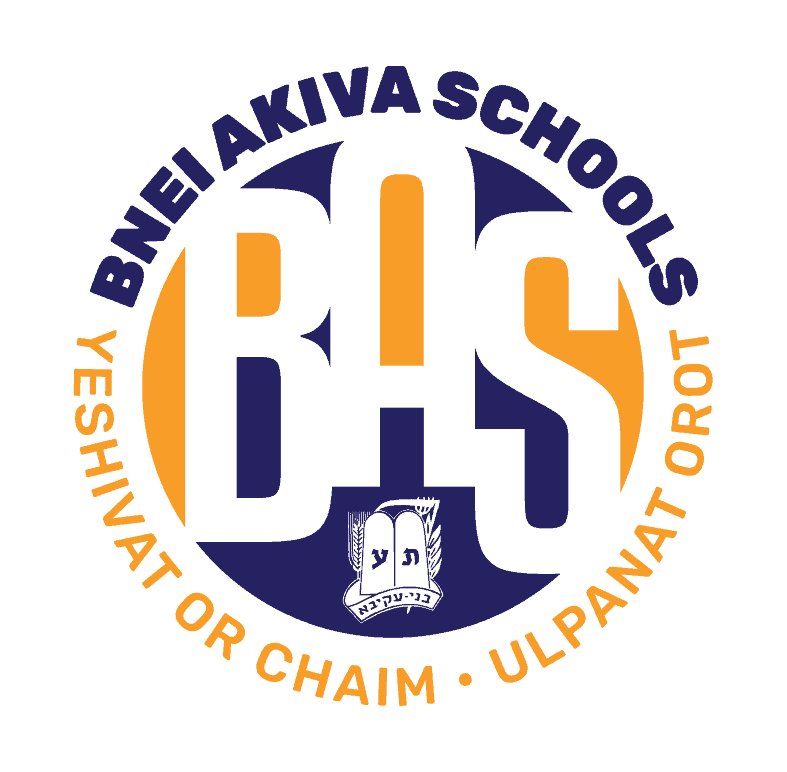 by Rabbi Hartley Perlmutter
by Rabbi Hartley Perlmutter
You are in the shower. It’s been a long day, and nothing could be more relaxing than standing exactly where you are. Two minutes into you shower the phone rings. Do you hear it?
Before we answer the question, let’s define some terms. Signal Detection Theory (SDT) is a means of quantifying the brain’s ability to discern between a specific stimulus (a signal), and extraneous stimuli (i.e. noise). Right now your shirt is stimulating sensory neurons in your shoulder, sending messages to your brain, which is why you can feel your shirt on your shoulder. But until you read the previous sentence, you didn’t feel your shirt on your shoulder, because your brain was making a decision to ignore those messages; instead, it was busy processing the messages being transmitted by the cone and rod cells in your eyes, that were being stimulated by the light coming off of the computer screen (or paper) that you are reading from. SDT aims to determine how much pressure your shirt would need to exert on those sensory neurons in your shoulder, in order for your brain to focus its attention to processing those signals, over all of the other signals that your brain is receiving.
Going back to the shower scenario, do you hear the phone over the noise of the shower? The answer is, maybe; it depends on how loud the phone is. There is no exact volume at which you either would or would not hear the phone in the shower, rather we can produce a value for which the signal (the phone ringing) would be detected 50% of the time, given specific situational factors.
 For the sake of this scenario, let’s assign an arbitrary unit to the volume of the phone – 4 – and at this volume, were we to play out the scenario 100 times, you’d hear the phone 50 of those times. But now let’s suppose the volume of the phone was at 5, instead of 4 – what would happen? Well, now instead of hearing the phone 50 times out of 100, you would hear it 75 times out of 100. We could thus plot the probability of hearing the phone while in the shower via the following graph:
For the sake of this scenario, let’s assign an arbitrary unit to the volume of the phone – 4 – and at this volume, were we to play out the scenario 100 times, you’d hear the phone 50 of those times. But now let’s suppose the volume of the phone was at 5, instead of 4 – what would happen? Well, now instead of hearing the phone 50 times out of 100, you would hear it 75 times out of 100. We could thus plot the probability of hearing the phone while in the shower via the following graph:
What we see from this graph is that the greater the intensity of the stimulus (phone volume), relative to the intensity of the noise (shower), the more likely the stimulus is to be detected.
And therein lies the brilliance of chavruta learning. From a SDT standpoint, the traditional classroom is a nightmare; if the teacher is the signal, the hope is that he or she will be detected over all of the other noise in the classroom. Imagine that you are little Jimmy in a traditional classroom – this is your view:

The amount of noise in this room is incredible; every student in front of poor Jimmy is a source of noise. And to compound matters, if Jimmy has the increasingly prevalent diagnosis of ADHD, then Jimmy will have even greater difficulty filtering out the noise, in favour of the stimulus that is the teacher.
Let’s take a look at this classroom as a floor plan:

This view gives us a better appreciation for the volume of extraneous stimuli relative to the volume of the signal.
But what were to happen if the class was to switch from the traditional classroom model to chavruta learning? Well, it would look something like this:

In this scenario, each student acts as a signal to his or her partner. As such, the volume of the signal relative to the noise is exponentially greater than in a traditional classroom. The brilliance of chavruta learning is that it maximizes the volume of the signal, while physically blocking out extraneous stimuli.
Obviously this model is not fool-proof; if a partner is not working meaningfully, he or she becomes a source of noise, instead of a signal. But if given appropriate and meaningful work, the chavruta model greatly increases the likelihood that material is processed.
So the next time you’re in the shower and the phone rings, I can’t promise you’ll hear it, but if its volume is at all comparable to that of a meaningful chavruta, I’d bet on it!
Hartley Perlmutter is a Student Support Teacher at Yeshivat Or Chaim.

